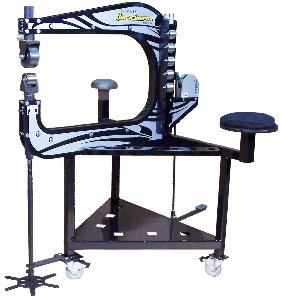One more little contribution on the wheel pant subject since we all like to make tools to solve problems -- again from the original post on the Biplane Forum;
I designed some clamps in Solidworks to help position the parts during the tack weld process. I tried 3/32" Clecos with two plates to capture the edges but the gap was way too large to deal with. The clamps I made use .015" spring steel (something I had on hand) which makes for a fairly tight joint. The problem is that when the tacks shrink they tend to trap the clamp requiring I either tap the clamps away from the tack or remove them by disassembling them.
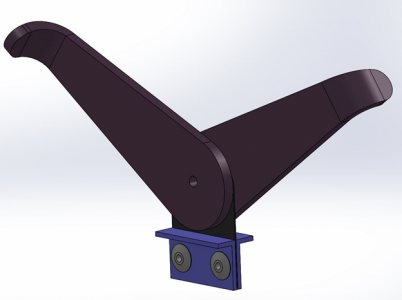
The clamps are held together with clecos to make disassembly easier. Disassembling a clamp is a small PITA but I think it's worth it because I can get good alignment between parts. The other advantage of these clamps is being able to align the edges on a large portion of the mating parts to confirm you like what you see before you start tack welding.
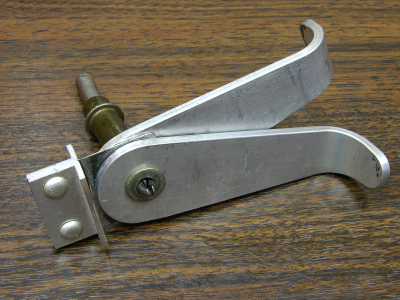
The two arms have an eccentric geometry that provides the clamping action. I made these without CNC so no two are exactly alike. I was wishing for a CNC machine while I was building these! Instead I used the disk sander and did it by hand. I tweaked one of the clamps for use at the nose end of the pant where the curves are fairly tight and the straight clamps don't work as well.
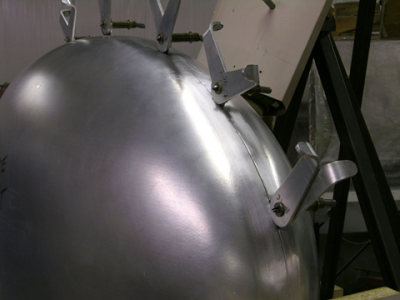
Pretty happy with the alignment these clamps provide.
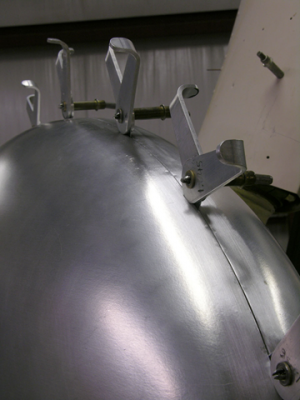
The gap behind the first clamp is about .025". It will close up as the tacks are placed -- welds always shrink and any gaps between parts will also shrink. You can see some marks made by the clamps on the edges to be welded. These will be consumed by the welds since they are only 1/8" wide.
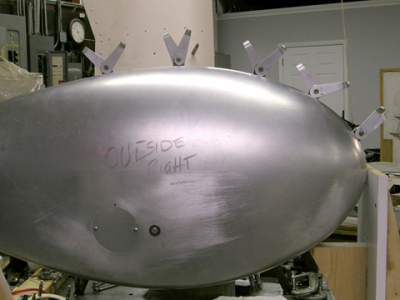
Side view with all five clamps in place.
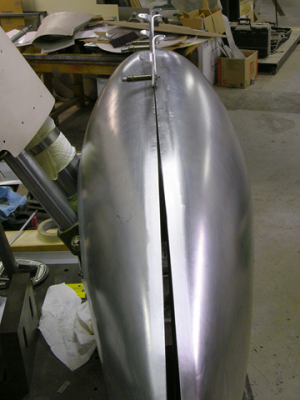
The gap here will close during tack welding. It takes very light pressure to close this gap and I should be able to get the clamps out before it's too late.
The aft 1/3 of the length of the pant transitions from the two halves being tangent at the weld to a sort of 'Pope Hat' shape. This will be tricky to weld while retaining the profile's overall shape. I'll have to resort to some sculpting of the welds and I'm not sure exactly how it will all work. I wonder how they did this back in the day? I suspect the joint between parts was not in the center on the aft end and they made a third piece for this area with the weld joints more along the sides. Anyway, I'll do it this way until it proves to be impossible.....


